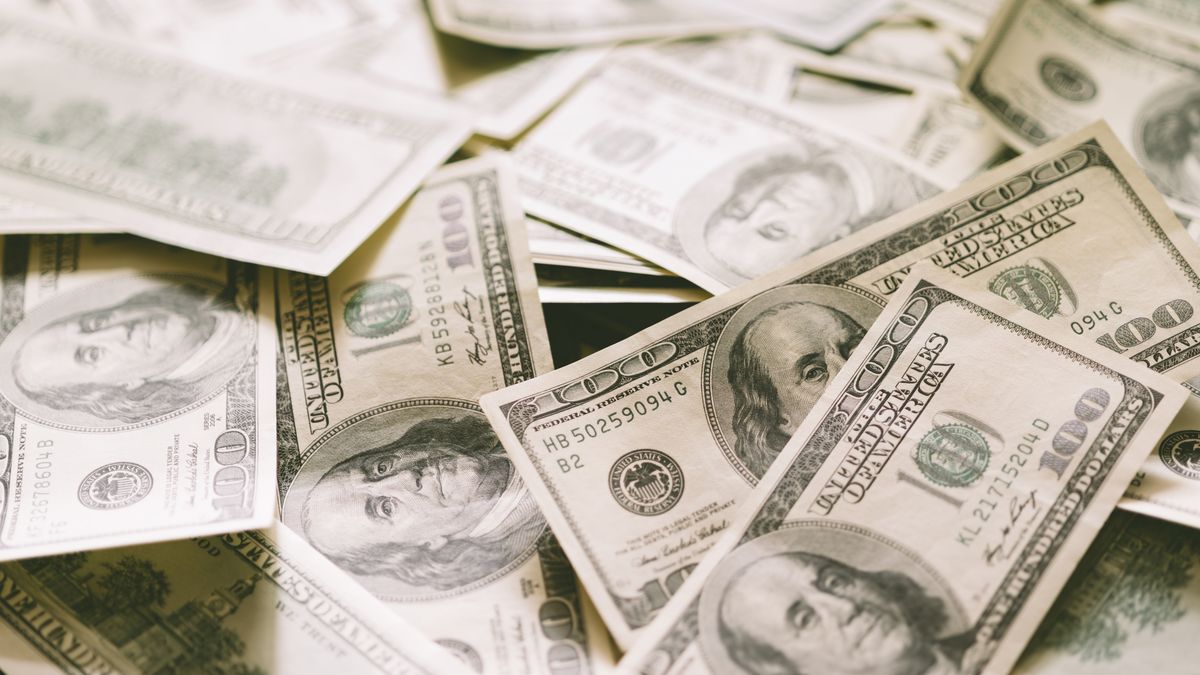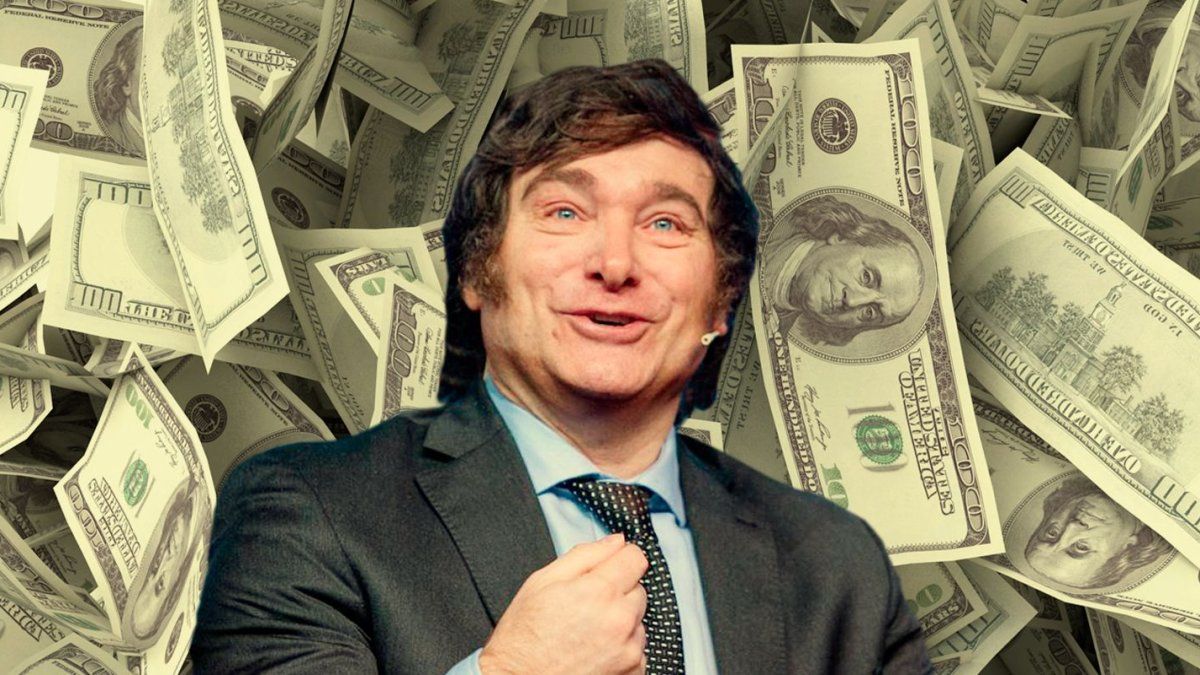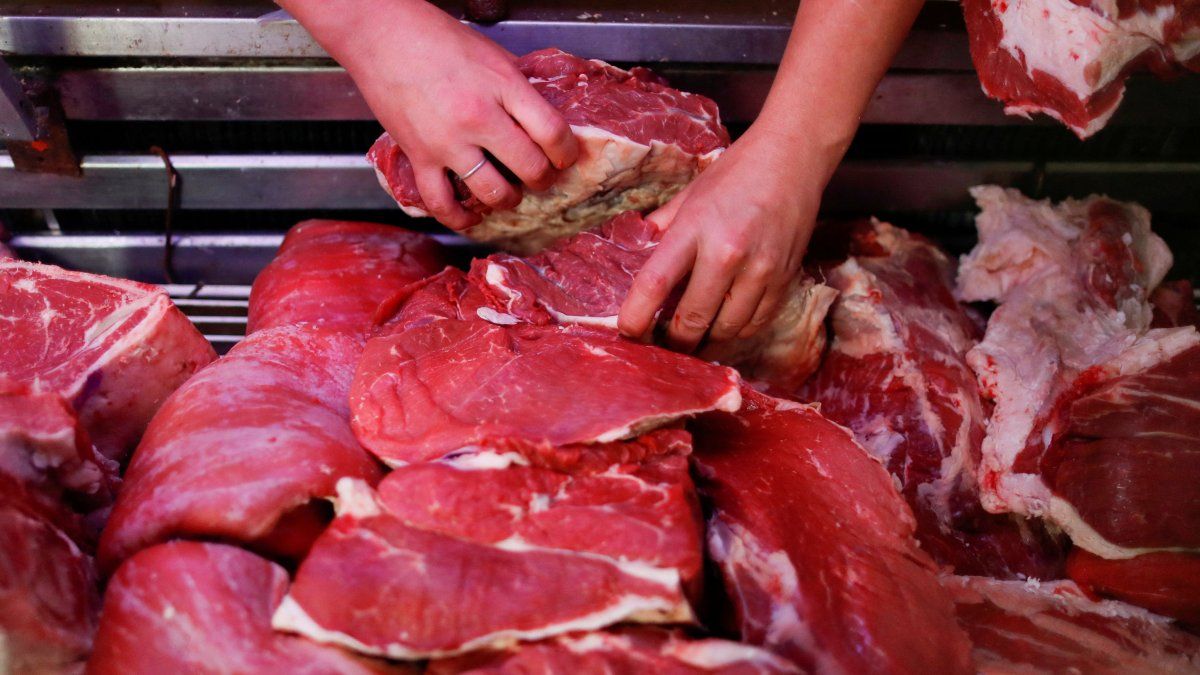Within the Consumer Price Index we find that the item Communication, showing a monthly variation of 12.1%, it was the division with the highest increase in the month, mainly explained by the increase in telephone and internet services. In second place we find the category of Housing, water, electricity, gas and other fuelsgrowing 7.5% per month, highlighting the increase in electricity and gas services due to rate segmentation.
In October, wage increases for workers in private homes also stood out, with a direct impact on Home equipment and maintenance (4.9%); the increase in the share of prepaid medicine affected the division Health (7.1%). For their part, the increases in tolls and fuel, and the drag left by the rise in public transport fares in September, had a negative impact on the division Transportation (4.5%).
The rise of Food and non-alcoholic beverages (6.2%) was what had the greatest impact in all regions of the country, highlighting the increase in vegetables, tubers, legumes and fruits.
Regarding the latter, the INDEC also reported the data of the basic food basket and total, up to the month of October. The basic food basket surprised by increasing 9.5% in the month, when the monthly average of the previous 7 months had been 6.2%, showing, in turn, an interannual variation of 100.8%.
In line with this, a person needed $20,099 to avoid falling into the line of indigence, while a household made up of 4 people, 2 adults and 2 minors, needed $62,106. The total basic basket, which includes other goods and services, was not far behind either. The monthly variation was 9.0%, when the average had been 6.0%, and the interannual variation was 93.1%. In this case, one person needed $45,223 to avoid falling into the poverty line, while the same 4-person household mentioned above needed income equivalent to $139,738.
October was the first month, since August 2020, that the devaluation rate exceeded inflation. Although the CPI was 6.3%, the official wholesale exchange rate increased 6.5%. Specifically, throughout the year 2021, the government made the decision to delay the exchange rate, hoping that this would function as an inflationary anchor and thus stop the escalation of prices. Not only did that not happen, but the decision to have a delayed exchange rate hurt other variables, such as exports and, therefore, the Central Bank’s reserves.
The expectation is to end the year 2022 with an official dollar of around $180.0. Said value would mean a year-on-year increase of 75.2%, compared to inflation that would comfortably be above 3 digits. Despite the fact that the government has accelerated the devaluation rate during the last months of the year, there is still a long way to go before the official reaches the values it should have, according to what inflation was for the period. For the exchange rate to match inflation, we should have a dollar of $205.50 in December.
Regarding the price of the official dollar, the discussion is divided in the government, between those who would like to devalue and those who intend to continue applying differential dollars, as was the case with the soybean dollar. During September, when the soybean dollar was implemented, the government managed to raise approximately US$ 5,000 million in the Reserves. Without the implementation of the soybean dollar again, or of differential exchange rates that encourage exports, we find it very difficult to strengthen the BCRA’s reserves.
In this context alt dollars woke up. At the time of writing this comment, the MEP dollar is trading at $313.9 and the CCL at $334.8. Both prices increased, in 17 days of November, 6.9% and 9.0% respectively, or nominally they experienced a rise of $20.0 and $27.50, respectively.
Another much-discussed dollar is the Qatar dollar, the price that is applied to expenses abroad of more than US$300.0 per month. It is currently trading at $338.50 and, if the official dollar is expected to end the year at $180.0, taking into account that the Qatar dollar is equal to the official dollar + 30.0% COUNTRY Tax + 45.0% Tax on Earnings + 25.0% of Personal Assets, this dollar would quote $424.13 in December. The point is that whoever must access this dollar will end up charging the price of the day their credit card expires, and not the price of the moment the purchase was made. For this reason it is important to project the price at the expiration of the card.
Considering that, for the first days of January, the Qatar dollar would exceed $424.13, it would be logical to think that all those who go to the World Cup in the last days of November and December, that is, they will pay for the card the following month, would prefer buy MEP dollar and spend abroad with dollar bills. For this reason, the stock dollar is in such high demand and has been increasing rapidly. We believe that sooner or later the MEP dollar could move closer to the Qatar dollar as the market is arbitrating between the two.
Regarding the informal dollar, it also had its bullish movements. Trading in the area of $308.0, it experienced a percentage increase of 4.8% compared to October, nominally the rise was $14.0. The rate of change, for the moment, is more modest than that of the other types of dollars, so we believe that the informal dollar still has a comfortable upward path. We do not rule out that it ends the year in the area of $400.0.
Degree in Business Administration. Consultant Salvador Di Stefano
Source: Ambito
David William is a talented author who has made a name for himself in the world of writing. He is a professional author who writes on a wide range of topics, from general interest to opinion news. David is currently working as a writer at 24 hours worlds where he brings his unique perspective and in-depth research to his articles, making them both informative and engaging.




